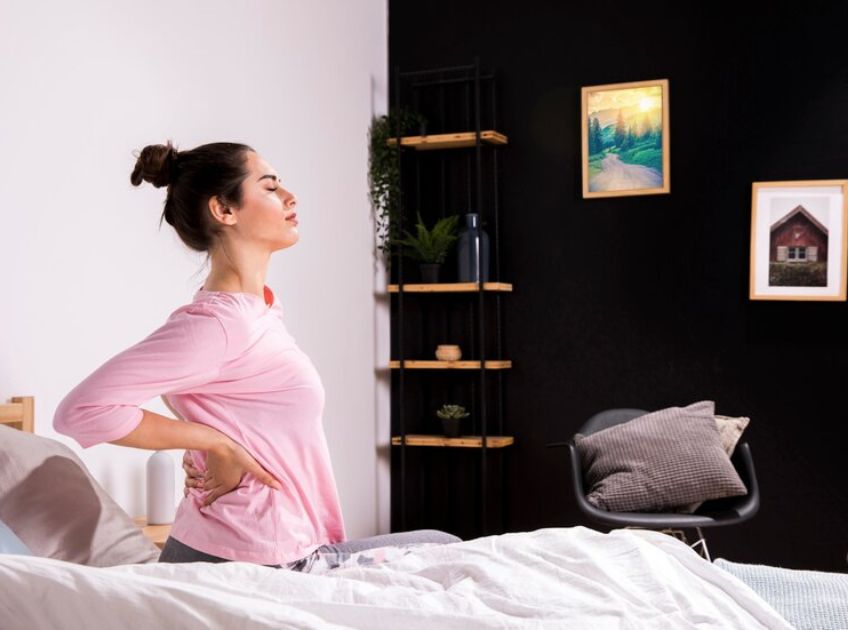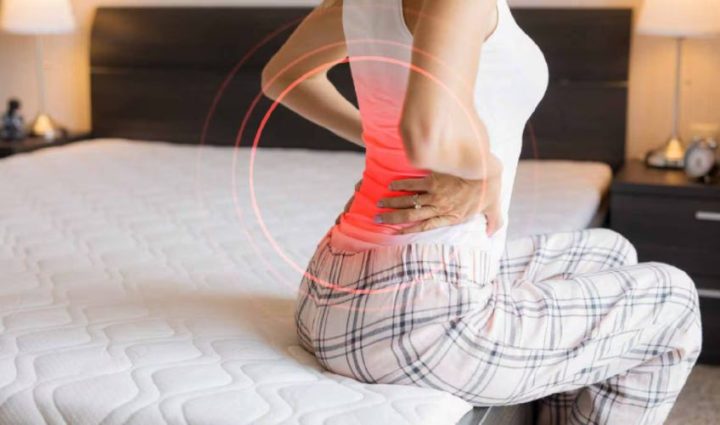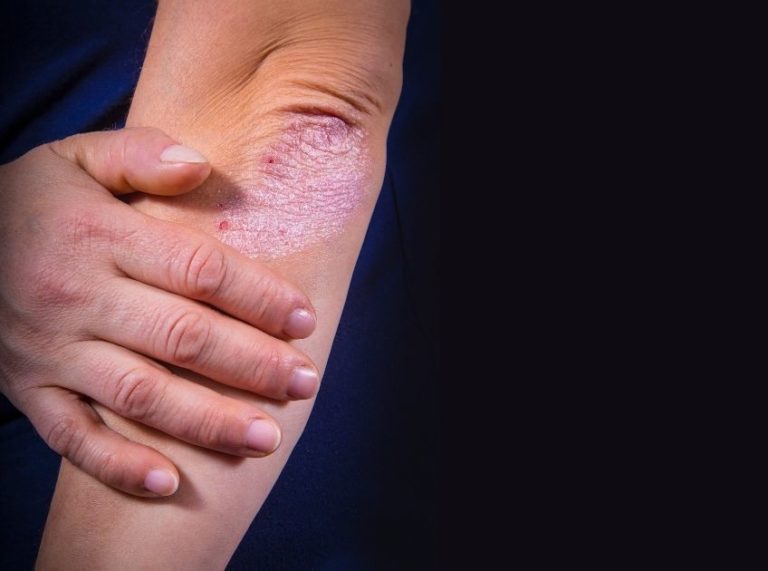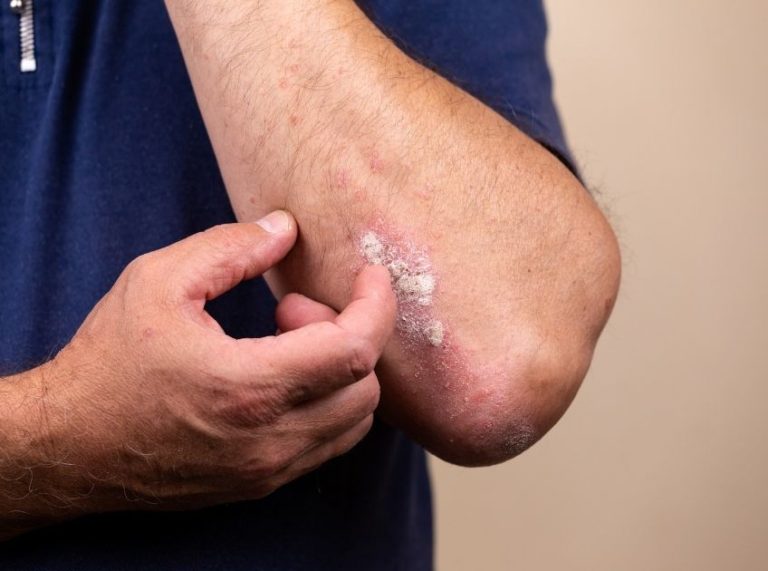
Important: This article is for informational purposes only. Please read our full disclaimer for more details.
Low back pain isn’t just a daytime issue—it can disrupt your nights too. Tossing, turning, and waking up stiff are common for millions suffering from back issues. But what many don’t realize is that poor sleep can worsen pain, and chronic pain can ruin your sleep cycle. It’s a two-way street that needs more attention.
Understanding the connection between your sleep and spinal health is the first step toward better rest and lasting pain relief.
How Sleep and Low Back Pain Are Closely Connected
1. Poor Sleep Can Intensify Pain Sensitivity
Many people don’t realize that a lack of sleep doesn’t just make you tired—it can make your pain worse. When you’re sleep-deprived, your nervous system becomes hypersensitive to discomfort. Studies have shown that even one night of poor sleep can reduce your pain threshold, meaning you feel more pain from the same stimuli.
A comprehensive review in Sleep Medicine Reviews (2015) revealed that sleep deprivation can trigger the body’s inflammatory response. It increases cytokines—proteins that heighten pain perception, especially in those already dealing with chronic pain conditions like lower back pain (1).
What this means: Prioritizing high-quality, uninterrupted sleep is essential in managing back pain, not just a bonus.
2. Your Sleeping Position Can Relieve or Worsen Pain
How you sleep has a direct impact on your spinal health. If your spine isn’t in a neutral position, muscles and ligaments strain to compensate, which can lead to morning stiffness or increased back discomfort.
Sleeping on your stomach is often the worst for back pain as it flattens the natural curve of the spine and forces the neck into a twisted position. In contrast, sleeping on your side with a pillow between your knees can align your hips, pelvis, and spine. Back sleeping with a pillow under your knees can also help maintain a healthy lumbar curve.
According to a 2020 article in Nature and Science of Sleep, optimal spinal alignment during rest can reduce musculoskeletal strain and enhance sleep quality in individuals with chronic lower back pain (2).
3. Mattress Quality Can Make or Break Your Sleep
Your mattress plays a bigger role in pain relief than you might think. Too soft, and your spine sinks. Too hard, and pressure points form—both scenarios lead to poor spinal alignment and increased pain.
A study published in The Lancet (2003) found that individuals with chronic low back pain reported better sleep quality and reduced discomfort when using medium-firm mattresses compared to very firm ones (3).
When to replace your mattress:
- If it’s older than 7–10 years
- If you wake up with stiffness or pain regularly
- If it sags or no longer supports your back
Choosing the right mattress can dramatically improve both pain management and overall sleep.
4. Lack of Sleep Slows Down the Healing Process
When you’re sleeping, your body goes into repair mode. During deep sleep stages, tissues regenerate, inflammation reduces, and muscles relax—key for back pain recovery.
However, if you’re not getting enough sleep, your body misses this critical healing window. Sleep deprivation can prolong inflammation, increase muscle tension, and make your physical therapy or exercise efforts less effective.
A 2018 review in The Journal of Pain emphasized the importance of restorative sleep in enhancing treatment outcomes for chronic musculoskeletal pain, including low back pain (4). Without proper rest, your body struggles to repair tissues and regulate pain responses.
5. Stress, Sleep, and Back Pain Form a Painful Cycle
Chronic stress and anxiety can keep your mind racing at night, delaying sleep onset and reducing deep sleep. At the same time, your body produces more stress hormones (like cortisol), which can increase inflammation and muscle tightness, especially around the lower back.
This stress-sleep-pain loop is hard to break unless all three components are addressed. Stress management techniques like:
- Progressive muscle relaxation
- Gentle yoga stretches before bed
- Meditation or deep breathing
- It can help regulate cortisol levels and reduce muscular tension.
According to the American Psychological Association, stress-related sleep problems often manifest physically, and for many, it shows up as tightness or pain in the lower back (5).
Frequently Asked Questions (FAQ’S)
1. Should I avoid exercise if I have back pain and poor sleep?
A. No. Low-impact activities like walking, stretching, or yoga can improve both sleep and back pain. Just avoid high-intensity workouts too close to bedtime.
2. Can back pain wake me up at night?
A. Yes. Pain often disrupts deep sleep cycles. If you find yourself waking at the same time every night, evaluate your mattress, sleep position, or speak to a healthcare provider.
3. Are sleep aids a good option for managing pain-related insomnia?
A. Short-term use may help, but they don’t treat the root cause. Cognitive Behavioral Therapy for Insomnia (CBT-I) is often more effective in the long run, especially when paired with physical therapy for back pain.
Final Thoughts: Improve Sleep to Heal Your Back
If you’re dealing with persistent low back pain, don’t underestimate the power of a good night’s sleep. Fixing your sleep posture, upgrading your mattress, and reducing stress can go a long way in managing discomfort. The relationship between sleep and pain is real, and treating them together offers a better chance at lasting relief.
















